The Brütsch Mopetta – A Rare And Unusual German Microcar
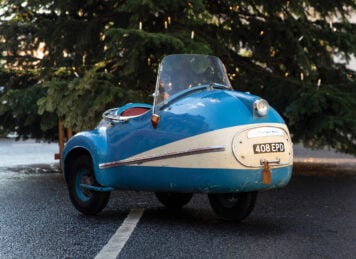
The Brütsch Mopetta is one of the most beloved microcars from the era of the tiny, petrol-friendly, post-WWII runabouts. The fame of the Mopetta far…

The Brütsch Mopetta is one of the most beloved microcars from the era of the tiny, petrol-friendly, post-WWII runabouts. The fame of the Mopetta far…
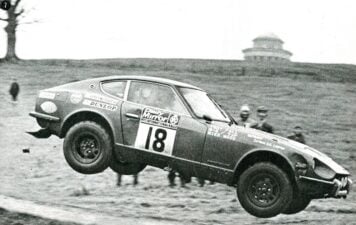
The story of the Datsun 240Z begins on the race track, and it dates back to 1964 when the Prince Motoring Club was established by Dr. Sakuri of Prince Motors in the wake of defeat by a privately entered Porsche in the Japanese Grand Prix of that year.

This Land Rover Defender 1:10 scale remote control model from Tamiya sits on a full four-wheel drive chassis with lockable differentials, oil-filled coil over…
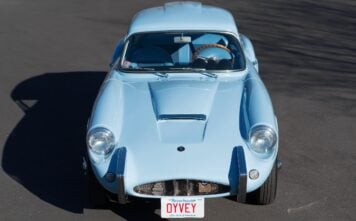
The Sabra Sport GT built holds the unique distinction of being the only production Israeli sports car ever made, it was built by Autocars Co. Ltd – Israel’s first domestic car manufacturer.
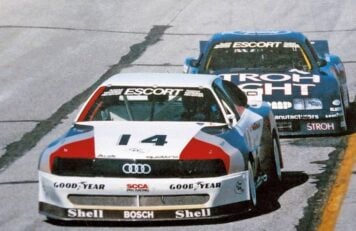
The 1988 SCCA Trans Am Niagara Falls Grand Prix would be the only race ever held on the street circuit that was created specifically for…

This Cushman combination is likely one of a kind – the car originally started life as part of a fairground carousel ride before possibly…

Every single one of the 250 series Ferraris are special, but some are more special than others. The car you see here is a…
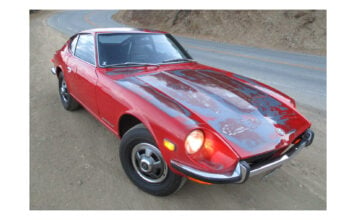
The Datsun 240Z, otherwise known as the Nissan S30 or the Nissan Fairlady Z, was developed by the Japanese to compete directly with the…
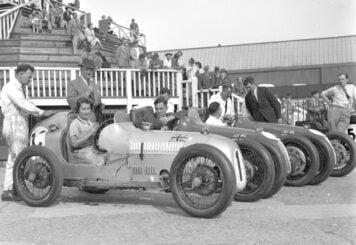
The Austin 7 – An Introduction It was in an Austin 7 that I went on my very first ever road trip. It would…
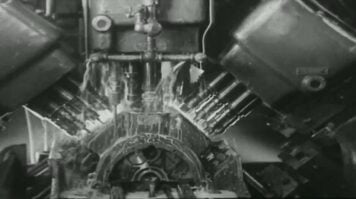
This feature documentary titled Trip Through The River Rouge Plant offers a fascinating insight into the world famous Ford factory in Dearborn, Michigan. At the…
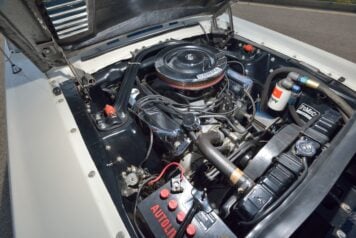
This 1967 Shelby GT500 Super Snake was a one-off build with a 600+ hp Ford GT40 Mk II 427 V8 – the same engine that had…

This is our annual collection of the most popular cars on Silodrome for the year – this list is compiled in reverse order based…